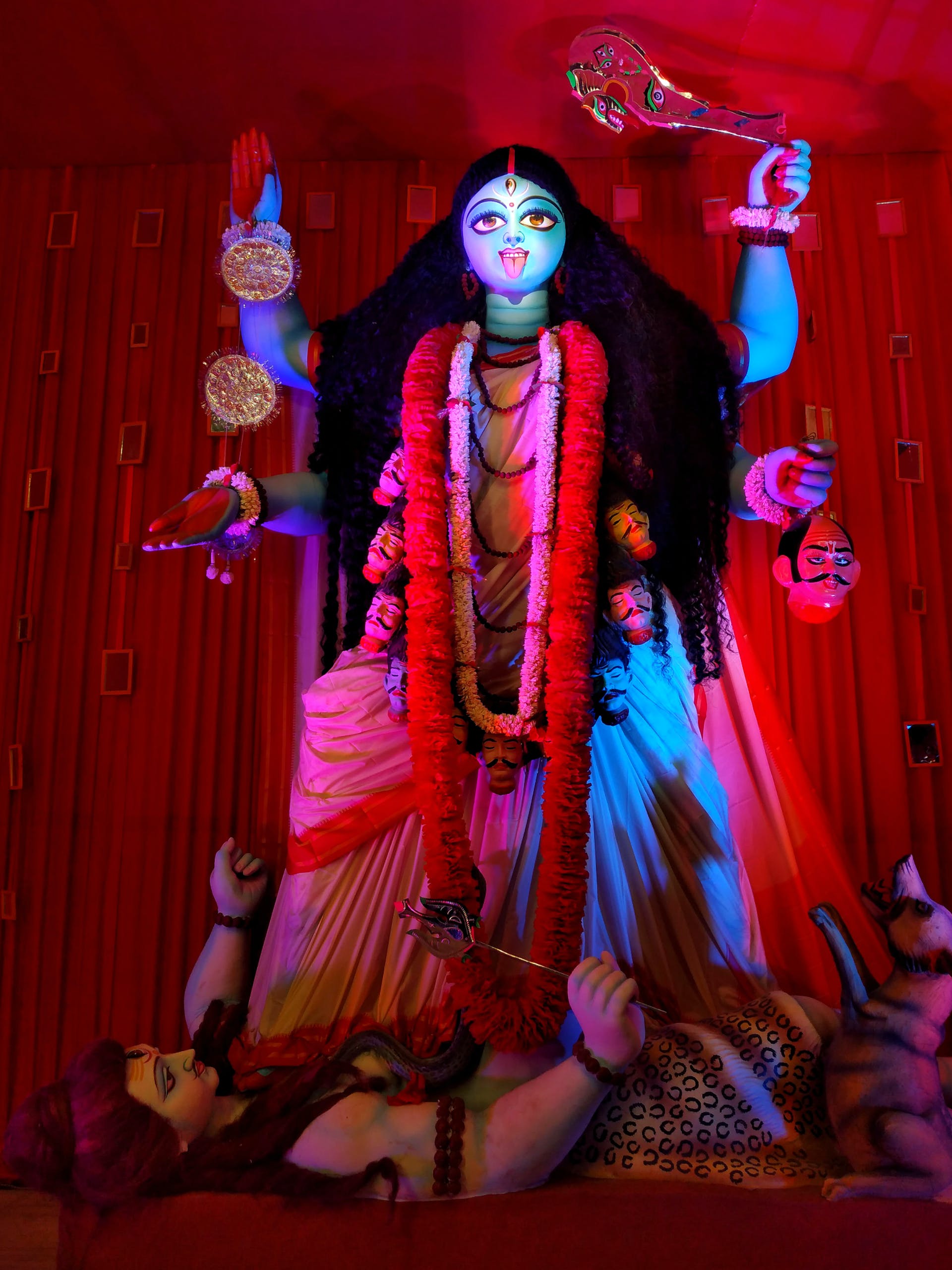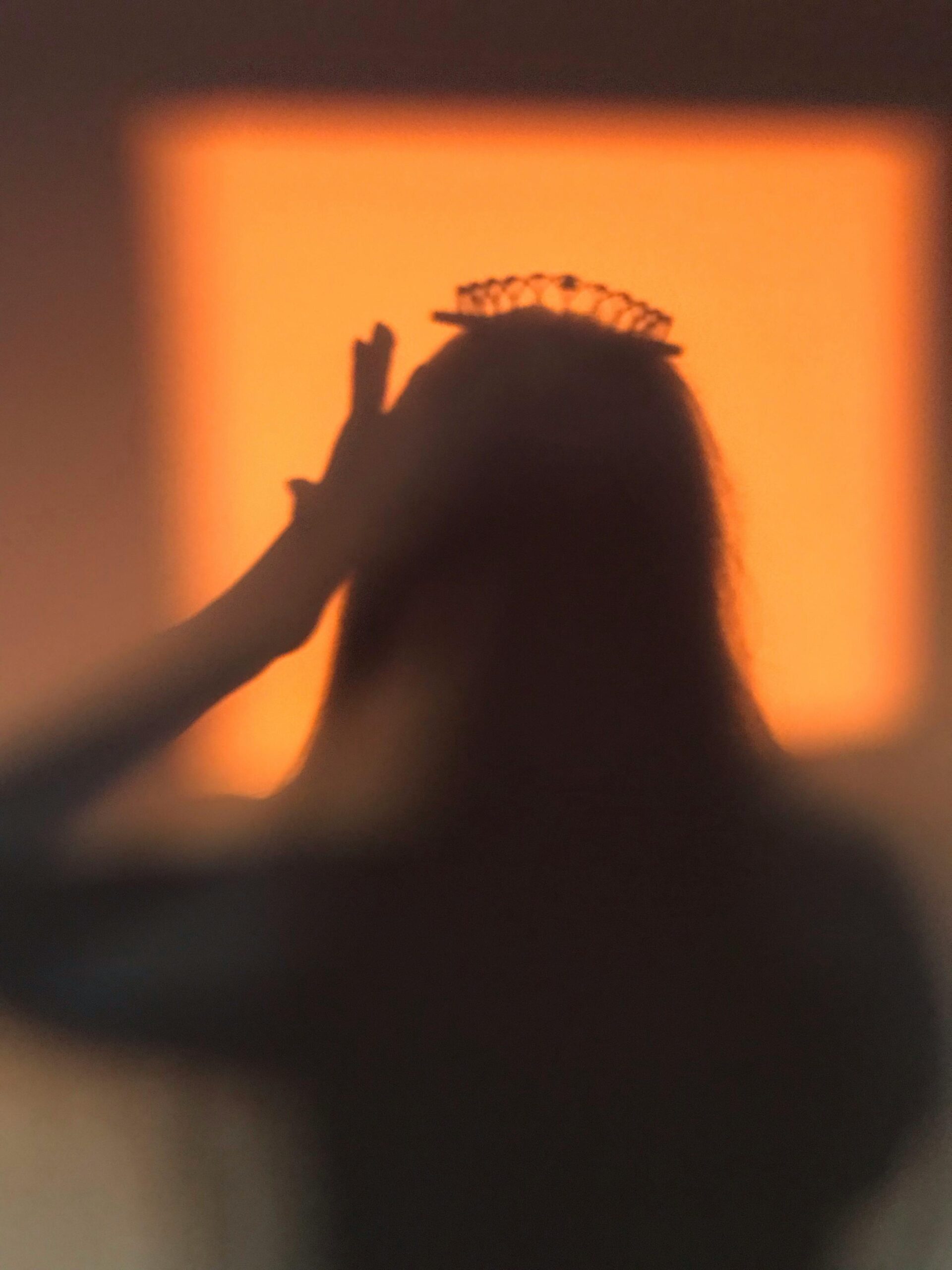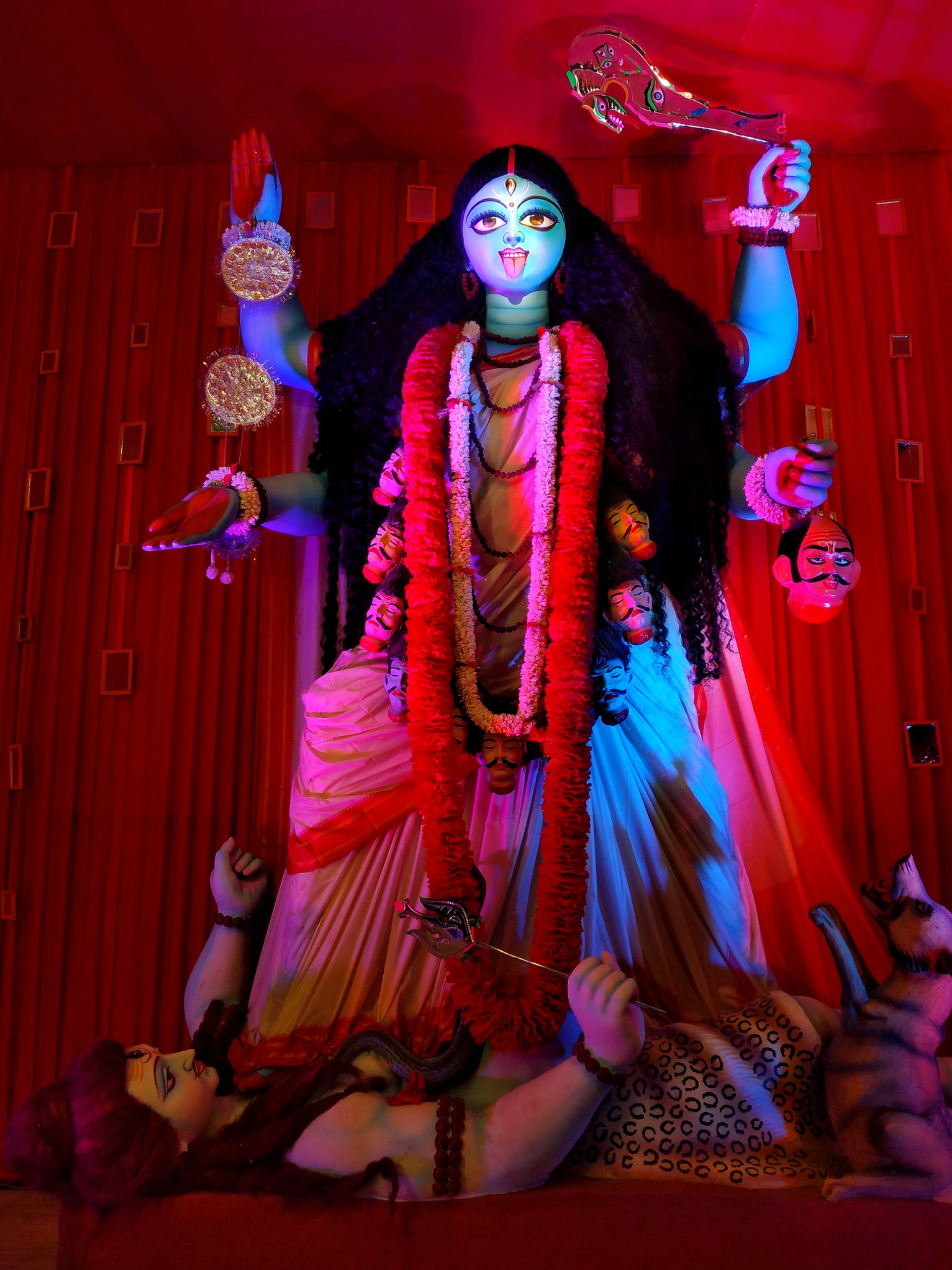Step into a world where imagination knows no bounds and fantasies come to life through the exquisite brushstrokes of artists. In our latest article, we explore the captivating impact of Indian literature on global fantasy art. Delve into the linguistic and literary treasures of India, from the ancient texts of Sanskrit to the mesmerizing sagas of classical epics. With contemporary authors weaving tales that celebrate India’s rich literary heritage, discover how this influence has shaped and transformed the world of fantasy art on a global scale. Prepare to be amazed as we unravel the fascinating connections between Indian literature and the captivating realm of fantasy art.
The Impact of Indian Literature on Global Fantasy Art
When it comes to the realm of fantasy art, the influence of Indian literature cannot be overlooked. The rich and captivating stories of Indian mythology have inspired artists from around the world to create beautiful and imaginative works of art. From epic heroes and heroines to magical creatures and divine deities, Indian literature has left an indelible mark on the world of fantasy art.

The Influence of Sanskrit
Origins of Sanskrit can be traced back thousands of years, and its influence on Indian literature cannot be overstated. Sanskrit is not only a language but also a source of profound wisdom and spirituality. Many ancient mythological stories and characters have their roots in Sanskrit literature, and these tales continue to captivate artists and audiences alike.
The spiritual and symbolic nature of Sanskrit has also influenced the depiction of characters and themes in fantasy art. The spiritual concepts found in Sanskrit literature often serve as a reflection of the human experience and the eternal struggle between good and evil. Artists have drawn inspiration from these ideas to create visually stunning and thought-provoking artworks.
The Role of Classical Epics
The Mahabharata and the Ramayana, two of the most well-known classical epics of Indian literature, have played a significant role in shaping the world of fantasy art. These epic tales are filled with larger-than-life heroes, heroines, and fantastical creatures, providing a rich tapestry of inspiration for artists.
The Mahabharata, with its epic battles and complex characters, has been a source of inspiration for many artists. The themes of good versus evil, righteousness, and destiny that permeate the Mahabharata have found their way into the world of fantasy art, giving rise to captivating and dynamic artworks.
Similarly, the Ramayana, with its timeless tale of the hero Rama and his quest to rescue his wife Sita, has influenced artists in their portrayal of heroism, love, and devotion. The epic heroes and heroines of the Ramayana, such as Rama, Sita, and Hanuman, have become iconic figures in fantasy art, with their valiance and unwavering determination serving as symbols of inspiration for artists and viewers alike.

Contemporary Authors and Their Contribution
Besides the influence of ancient Sanskrit texts and classical epics, contemporary Indian authors have also made significant contributions to the world of fantasy art. Writers such as Rabindranath Tagore, R.K. Narayan, Amish Tripathi, and Arundhati Roy have brought their unique interpretations of Indian mythology and folklore to a global audience.
Rabindranath Tagore, celebrated for his poetic and mystical writings, has inspired artists with his imaginative depictions of nature and spirituality. His works have been a source of inspiration for many artists, who strive to capture the ethereal beauty and transcendental qualities found in Tagore’s writings.
R.K. Narayan, known for his simple yet profound storytelling, has also had an impact on the world of fantasy art. His whimsical tales of ordinary people and their encounters with the supernatural have sparked the imagination of artists, who seek to bring his enchanting characters and settings to life.
Amish Tripathi, with his bestselling books on Indian mythology, has introduced a new generation of readers to the fascinating world of Indian fantasy. His reinterpretation of ancient myths and legends has inspired artists to explore new themes and concepts, resulting in a fresh and dynamic approach to fantasy art.
Arundhati Roy, with her evocative prose and thought-provoking narratives, has pushed the boundaries of fantasy art. Her exploration of social and political issues within the realm of fantasy has inspired artists to consider the deeper implications behind their artworks, resulting in works that provoke both thought and emotion.
Borrowing Themes and Concepts
One of the most significant impacts of Indian literature on global fantasy art is the borrowing of themes and concepts from Indian folklore and mythology. Artists from around the world have adapted Indian folklore tales and incorporated them into their own works, adding a unique and captivating flair to their creations.
The rich cultural traditions and customs of India have also found their way into fantasy art. From colorful festivals to traditional attire and rituals, artists have embraced these cultural elements, creating a vibrant fusion of fantasy and reality in their artworks.

Incorporating Indian Mythology
Indian mythology is a treasure trove of gods, goddesses, and mythical creatures, and artists have often turned to these fascinating beings to create visually striking and mesmerizing artworks.
Popular gods and goddesses such as Shiva, Vishnu, Durga, and Kali have been depicted in countless artworks, each capturing their divine attributes and symbolism. The multiple limbs, weapons, and iconic poses associated with these deities lend themselves perfectly to the dynamic and visually stunning world of fantasy art.
The representation of magical creatures in Indian mythology has also had a profound impact on fantasy art. Nagas and dragons, with their serpentine bodies and mythical powers, have become iconic figures in the realm of fantasy, captivating both artists and viewers alike. Garudas and other griffin-like creatures, with their majestic appearances and powerful symbolism, have also found their way into the world of fantasy art.
Exploring Traditional Indian Art Forms
Indian art is diverse and encompasses a wide range of traditional art forms that have had a significant influence on fantasy art. Artists have drawn inspiration from Indian miniature paintings, with their intricate details and vibrant colors, to create visually stunning and highly detailed artworks.
Madhubani art, with its bold and vibrant patterns, has also found its way into the world of fantasy art. Artists have incorporated the distinctive motifs and intricate designs of Madhubani art into their works, creating a fusion of traditional Indian art and contemporary fantasy.
Kalamkari art, known for its intricate hand-painted designs and storytelling, has also influenced artists in the realm of fantasy art. The detailed and ornate artwork found in Kalamkari has inspired artists to create visually captivating and narrative-driven fantasy artworks.
Warli art, with its geometric patterns and simple yet powerful storytelling, has also left its mark on the world of fantasy art. Artists have drawn inspiration from the minimalistic and symbolic nature of Warli art, creating artworks that convey powerful messages with minimalistic elements.
Use of Vibrant Colors and Ornate Details
Indian textiles and embroidery have long been known for their vibrant colors and intricate details, and these elements have found their way into the world of fantasy art. Artists have drawn inspiration from the rich colors and ornate details found in Indian textiles to create visually stunning and immersive artworks.
Gold and jewel-like elements, commonly found in Indian jewelry and royal attire, have also influenced the world of fantasy art. Artists have incorporated these elements into their artworks, adding a touch of opulence and grandeur to their creations.
The intricate patterns and motifs found in Indian art and design have also had a significant impact on fantasy art. Artists have experimented with these patterns and motifs, creating artworks that are visually enchanting and meticulously detailed.
Depicting Gods and Goddesses
The representation of gods and goddesses in fantasy art often takes inspiration from Indian mythology. Artists have emphasized the divine attributes of these deities, creating artworks that exude grace, power, and spirituality.
The depiction of multiple limbs and weapons, characteristic of many Indian gods and goddesses, has become a staple in the world of fantasy art. These multiple limbs represent the various powers and manifestations of the gods and goddesses, adding a dynamic and visually striking element to the artworks.
Iconic poses and mudras, hand gestures that hold symbolic meanings, have also influenced the portrayal of gods and goddesses in fantasy art. Artists have incorporated these poses and mudras into their artworks, capturing the essence and symbolism associated with each deity.
Representation of Magical Creatures
The world of Indian mythology is populated by a wide array of magical creatures and beings, each with their unique characteristics and powers. These mythical creatures have influenced the representation of fantastical beings in global fantasy art.
Nagas and dragons, with their serpentine bodies and ability to breathe fire, have become iconic figures in fantasy art. Artists have drawn inspiration from these mythical creatures, infusing their artworks with the awe-inspiring and majestic qualities associated with these beings.
Garudas and other griffin-like creatures, with their bird-like bodies and powerful symbolism, have also found their way into the world of fantasy art. These creatures are often depicted as majestic and noble, capturing the imaginations of artists and audiences alike.
Yakshas and other mythological beings, with their unique appearances and abilities, have also influenced the representation of magical creatures in fantasy art. Artists have explored these lesser-known beings, breathing new life into them and creating visually captivating artworks.
In conclusion, the impact of Indian literature on global fantasy art is undeniable. From the influence of Sanskrit to the portrayal of gods, goddesses, and magical creatures, Indian literature has provided artists with a wealth of inspiration and ideas. Through borrowing themes and concepts, exploring traditional Indian art forms, and incorporating elements of vibrant colors and ornate details, fantasy artists from around the world have embraced and celebrated India’s rich literary heritage in their works. With each stroke of the brush, these artists pay homage to the captivating tales and characters that have captivated generations, leaving a lasting impact on the world of fantasy art.
